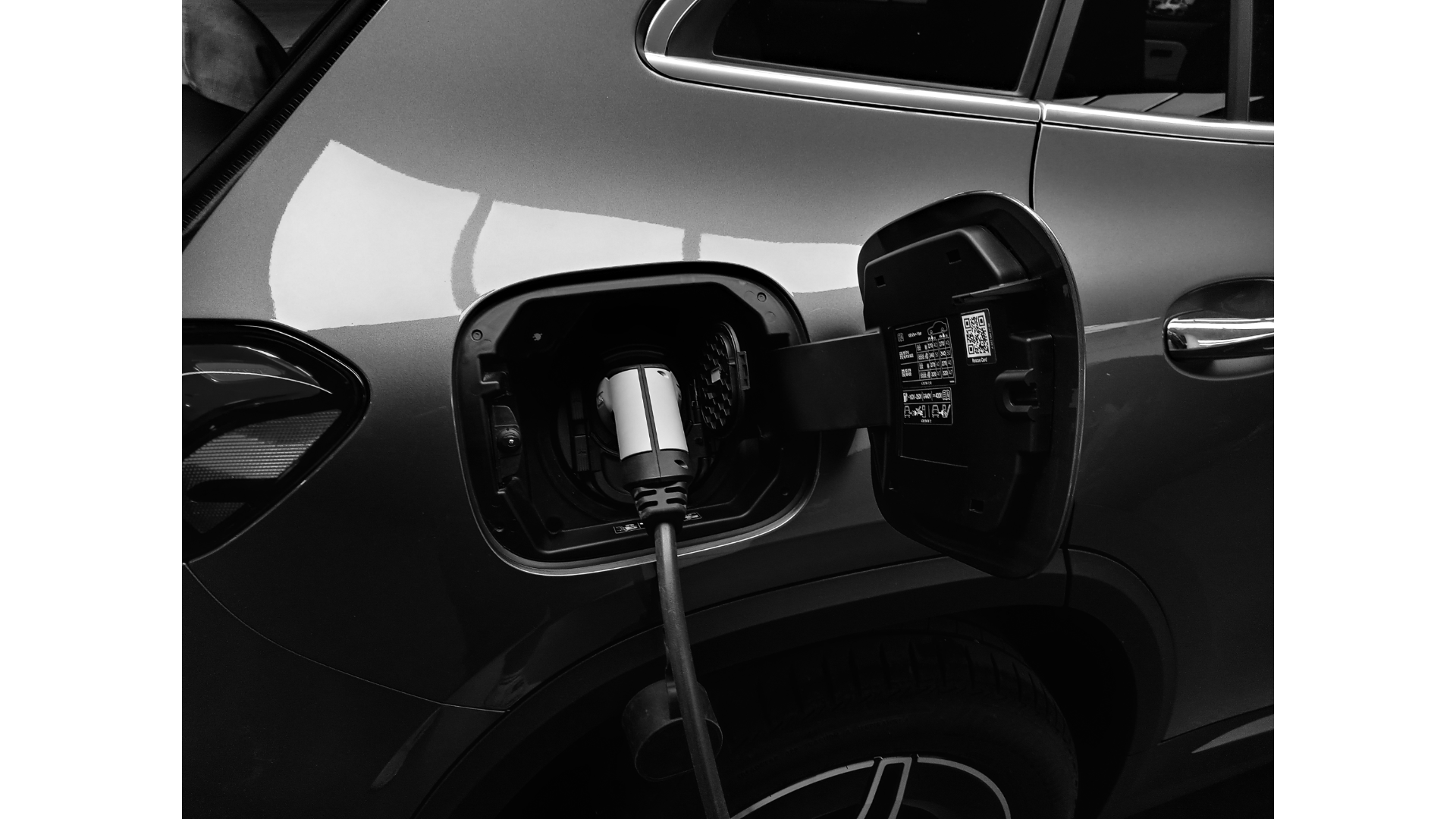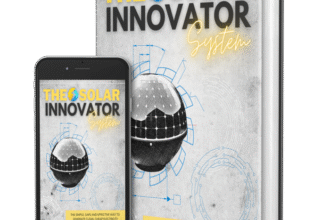Where Are You Really Driving?
A messy, honest look at internal combustion engines, fuel futures, and the strange road we’re barreling down with our eyes half-closed.
Picture this: it’s 2035. You’re at a fueling station that doesn’t smell like gasoline—it smells… different. Kind of sweet. Synthetic. Some machine’s pumping what it claims is carbon-neutral juice into your twenty-year-old SUV, which still coughs like a lifelong smoker every cold morning. Next to you, a guy’s plugging in his electric coupe, and across the lot—yeah, that’s a hydrogen-powered truck humming like a sci-fi blender.
And you’re wondering, How did we get here?
But the better question might be: Where did we refuse to go when we had the chance?
Because let’s be honest—we’re creatures of habit. We chase horsepower, worship convenience, and when someone whispers “transition,” we politely nod and keep filling our tanks like nothing ever changed.
So let’s talk. Not about clean futures wrapped in marketing jargon, but about where we’re really heading with internal combustion engines (ICEs), synthetic fuels, and all the slippery narratives holding us back. And if you feel uncomfortable at any point—good. That’s probably a sign you should keep reading.
🛢️ The Fuel Fantasy: “Gasoline Is Forever, Right?”
There’s this idea that gas—good old fossil fuel—is irreplaceable. That no matter how much tech dances around us, we’ll always have a pump, a nozzle, and that familiar click of the gas cap. People say things like, “It’s more convenient,” or “Electric cars are for city folks.” I’ve heard it at backyard BBQs, from mechanics, even in policy debates where people wear suits and pretend oil has a conscience.
But that illusion is cracking. Not dramatically—just little hairline fractures. Porsche, for example, is pouring millions into e-fuels made from carbon and hydrogen in the Chilean desert. Not because they’re tree-hugging idealists—but because they know regulation is a rising tide and nostalgia doesn’t float.
Still, we keep doubling down on this fantasy. Building gas stations like shrines to the past. Pretending that if we stall long enough, someone else will make the switch for us.
And what happens if we don’t shift? Nothing dramatic. Just… slow decay. Your car becomes a relic. Fuel prices spike. Governments begin restricting access to urban zones for anything non-compliant. And that classic V8 you love? It’ll be banned, not for what it is, but for what it runs on.
Maybe—just maybe—it’s time to think outside the pump.
🚧 Delay ≠ Strategy (But It Feels So Safe)
A pause isn’t a plan. Let’s say that louder for the folks in the back.
Governments are hedging. Automakers are hedging. Heck, even the guy selling used Camrys is hedging. “We’ll wait and see,” they say. “Let the market decide.” Meanwhile, General Motors just walked back its big all-EV promise. Audi mumbled something about 2032, but their eyes are already wandering.
This isn’t flexibility. It’s fear. Fear of change. Fear of not selling cars fast enough. Fear of losing that ICE loyalist who doesn’t want to plug anything into a wall unless it’s a phone.
But the cost of waiting is steep. Every year of hesitation means more outdated vehicles, higher emissions, and fewer options down the line. Imagine waking up one morning and your car—your freedom machine—suddenly doesn’t meet the new standard. Can’t go downtown. Can’t pass inspection. Can’t be resold.
What’s the alternative? Use the lag time to evolve. Hybrid engines that run on e-fuels, ICEs optimized for cleaner combustion, retrofits that can pivot between liquid and gas. That’s not science fiction—it’s happening. Just not fast enough to matter unless we step on the gas. Or maybe… the metaphor’s getting confusing.
🔧 Retrofitting: The Unsexy Solution No One Wants to Talk About
There’s this weird shame around keeping your old car. As if sustainability only starts with a brand-new Tesla or a $70K Lucid that glows like an Apple product.
But let me tell you: retrofitting is cool. It’s rebellious. It’s DIY meets planet-saving in the best possible way. Germany’s already funding projects to convert ICE vehicles to run on synthetic fuels. India’s pushing dual-fuel kits for hydrogen and diesel trucks. And there’s this garage in California—can’t remember the name, sorry—that’s converting old muscle cars to run on e-fuel. No sound lost. Just the guilt.
And yet we ignore it. Probably because it doesn’t look shiny in a commercial. But here’s the thing: 1.4 billion ICE cars still exist. You’re not going to banish them overnight. So why not elevate them?
But nah—we throw them away. Scrap them. We forget that transformation doesn’t always mean replacement. Sometimes it just means rewiring a few parts and asking better questions.
⚡ Speed or Soul?
Let’s not lie to ourselves. A lot of people still buy vehicles for power, for pride—for the thrill of hearing an engine roar like a beast in a cage. There’s nothing rational about it, and that’s okay. I get it. I still remember the first time I floored it in my dad’s ’95 Toyota Supra—my lungs pressed against my spine, the smell of burning rubber and stale McDonald’s in the air. It was magic.
But performance at the cost of everything else? That’s not cool anymore. It’s reckless nostalgia pretending to be taste.
And the industry knows this. Which is why companies like Toyota and Hyundai are flirting with hydrogen combustion engines that deliver torque and zero emissions. Or why startups are building electric muscle cars with analog dials and fake engine noise (I know—it’s weird, but kind of genius?).
You don’t have to kill your passion to evolve it. You just have to accept that what you love can also grow.
🚨 So… Now What?
If you’ve made it this far, congratulations. You’ve done more reflecting than most policymakers and car commercials combined.
Here’s the uncomfortable truth: combustion engines aren’t going extinct. Not yet. But the way we fuel them—that’s under siege. And rightfully so. Clean fuels, hybrids, hydrogen—they’re not “maybe” anymore. They’re moving.
So where are you moving?
- Are you still betting on gasoline to stick around because it’s easier than adapting?
- Are you stalling, waiting for someone else to make the first move?
- Or are you willing to get messy, make imperfect choices, try that hydrogen blend, retrofit that dusty old truck, and drive into the future like you actually give a damn?
We don’t need saints. We need gearheads with a conscience.
Because if we keep driving in circles—stuck in the same patterns, pumping the same poison—we’ll look up one day and realize the future didn’t wait.
It left us behind.
So adjust your mirrors. Rethink your route. The engine’s still running—but the road is changing.





